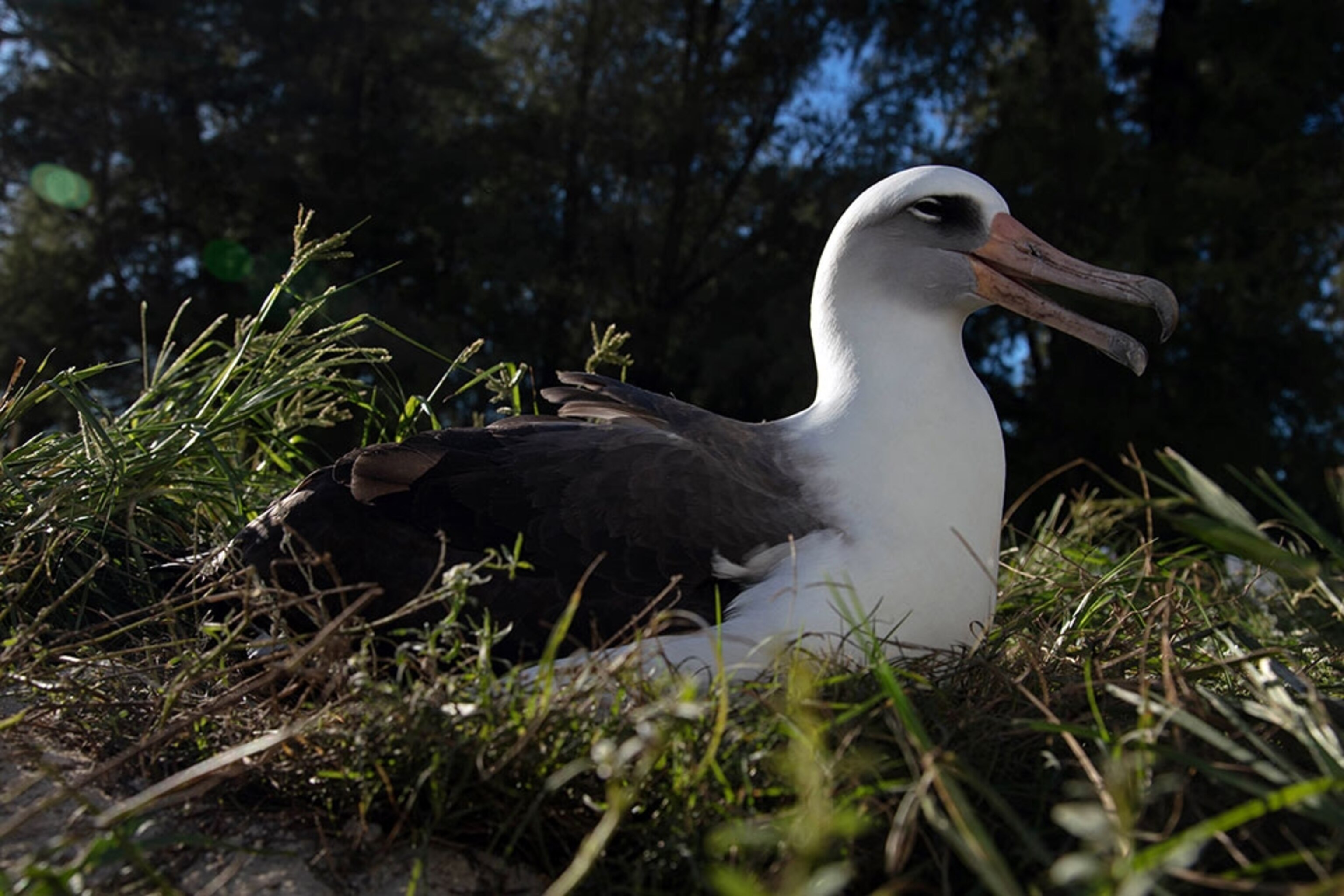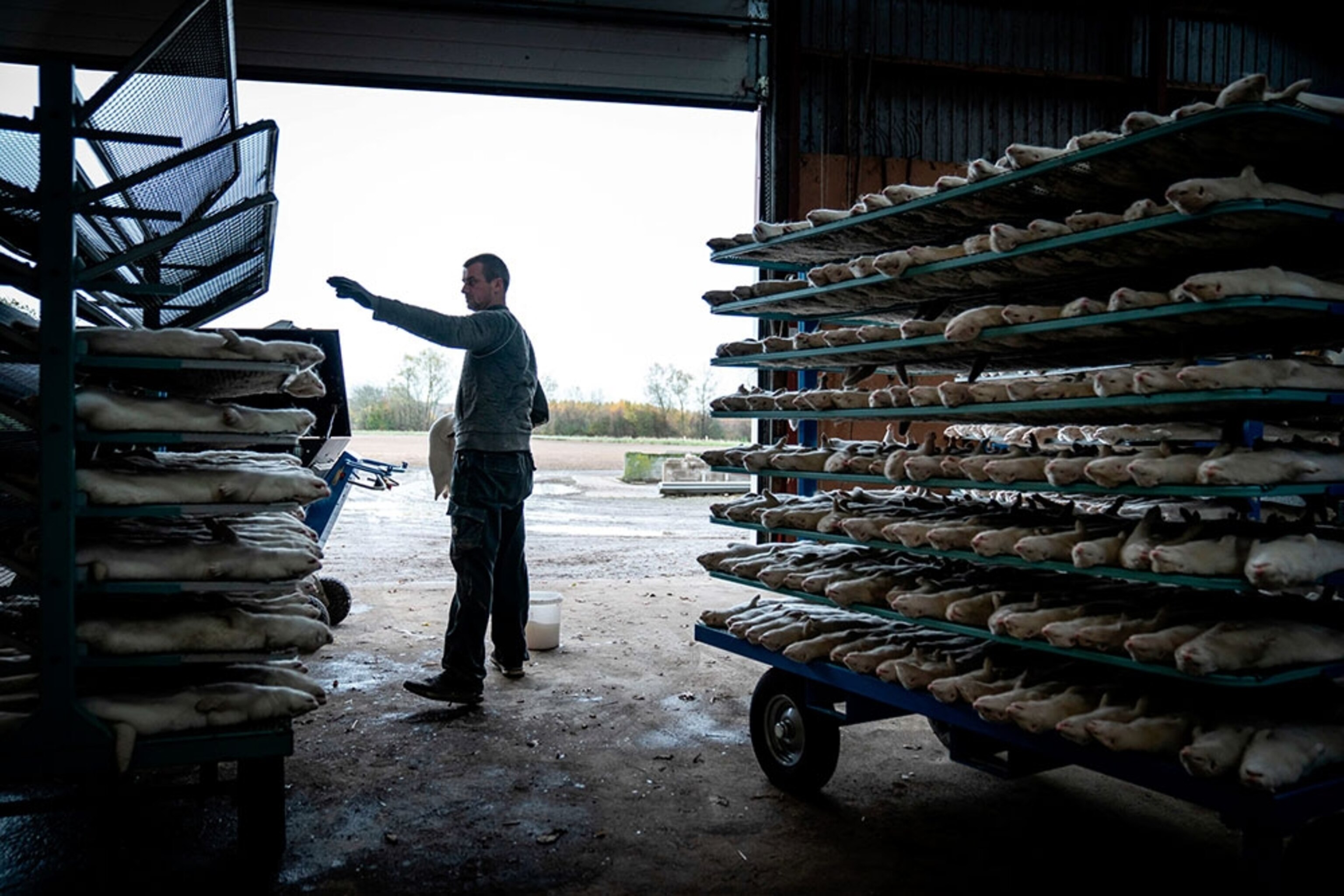This article is an adaptation of our weekly Animals newsletter that was originally sent out on February 25, 2021. Want this in your inbox? Sign up here.
By Rachael Bale, ANIMALS Executive Editor
Sport hunting is one of the most controversial topics we cover on the Animals desk. It’s an emotional issue that inevitably leads to debates about ethics, sustainability, sportsmanship, and even sovereignty. Today, I’m going to turn the newsletter over to National Geographic Explorer Filipe DeAndrade, whose new film takes a deep dive into one of the most controversial types of hunting of all: wildlife killing contests.
Never heard of them? You’re not alone. They cater to a niche group of hunters and are increasingly held in undisclosed locations because of the controversy they generate. Wildlife killing contests are exactly what they sound like: competitions to kill as many of a particular species within a certain time period as possible. Often, they target predators like coyotes, foxes, and bobcats (pictured above, at a West Texas contest in 2020). Contest targets also include crows, rabbits, and raccoons.
I interviewed DeAndrade about what he learned during his two years on the film.
Nat Geo: Why did you want to make a film about killing contests?
Filipe DeAndrade: I love wildlife absolutely more than anything else on the planet, and the thing I loathe the most is injustice. When you consider that these killing contests are happening in over 40 states and on public lands, people are being robbed of rich wildlife encounters and more importantly, biodiversity. I wanted to show people that there are proper ways to “manage” wildlife based on science and that these contests don’t do that.
NG: What was it like tagging along with hunters during a contest?
FD: I honestly went into it with an open mind. I wanted to learn exactly why people compete in these contests, and to experience the emotional and physical process myself. The strongest feeling I left with was “what a waste.” The animals, for the most part, get discarded in dumpsters after the contests. Not much can be done with the fur because of the bullet wounds, and most people don’t eat coyote and bobcat meat.
DeAndrade went on to explain that predator killing contests are typically rationalized by saying the goal is to protect livestock, despite scientific evidence showing that they tend to do the opposite. And, he learned, many hunters themselves are opposed to these contests because the controversy they generate gives hunting a bad reputation. Nonetheless, contest organizers point out that they take pains to ensure participants know they must obey state laws.
Wildlife advocates opposed to killing contests, including DeAndrade, have started a petition to ban them nationally. You can watch his film and learn more about killing contests here. And if you’d like to learn more about trophy hunting and how it relates to conservation more generally, check out this subscriber-exclusive magazine story, “Should we kill animals to save them?”
Do you get this newsletter daily? If not, sign up here or forward to a friend.
TODAY IN A MINUTE
World’s oldest bird? Wisdom the albatross has survived tsunamis, outlived most of her mates, and raised over 40 chicks. Now 70 years old, Wisdom (pictured above) is pushing the boundaries of what we thought birds could do. She is the oldest-known wild bird in history, banded back in 1956, and regularly returns to the Midway Atoll National Wildlife Refuge in the Pacific. “I always have a sense of relief when Wisdom shows up,” Jon Plissner, a U.S. Fish and Wildlife Service biologist who studies albatross longevity, tells Nat Geo.
‘Winning the lottery’: That’s how photographer Yves Adams described his discovery—a vivid yellow penguin—amid a sea of king penguins on remote South Georgia Island. The photograph has created a sensation—and likely is another example of leucism, a genetic mutation in which an animal is mostly white but can produce some pigment. Already rare, paler penguins are more likely to be eaten by leopard seals or killer whales in the Antarctic, so “you’re not going to get a chance to see very many,” penguin expert P. Dee Boersma tells us.
Skip the selfie: A new study highlights the danger of humans spreading diseases to our close wild relatives—mountain gorillas. Researchers have found that tourists in the three countries where these gorillas still live in the wild—Uganda, Rwanda, and the Democratic Republic of Congo—are getting closer than ever to gorillas over the past seven years. They’re often getting closer than is allowed, often close enough to spread diseases such as the coronavirus. “We don’t want to stop gorilla tourism or stop people from seeing these amazing animals, but we do want to make it as safe as possible for everyone,” says study author Magdalena Svennson.
Don’t hold the mayo: Endangered green sea turtles are getting the mayonnaise cure. Affected by a devastating oil spill that has coated Israel’s coast with thick black tar, rescuers are feeding turtles the food emulsion to help them flush out the toxic tar from their digestive tracts. Workers also are removing the tar from the reptiles’ airways, the Associated Press reports.
Snake-pocalypse? Florida wildlife officials are seeking to ban owning or breeding six types of pythons, the green anaconda, and nine other “high-risk” reptiles. They argue that these invasive serpents bring ecological mayhem, swallowing native birds and mammals as large as deer, USA Today reports. But snake hobbyists are planning to protest the attempt at a meeting, arguing their slithering pets are being unfairly targeted.
YOUR INSTAGRAM PHOTO OF THE DAY
It’s mine! A California condor spreads its wings as it feeds on a calf carcass near Big Sur. Donated stillborn calves are often set out by conservation organizations to provide the birds with a source of food free from the contamination of lead bullets. Although condors are one of the conservation world’s great successes, they remain on life support. California law today requires all ammunition to be lead-free.
Go deeper: Condors ‘were sacred birds’
THE BIG TAKEAWAY
What we pass along to animals: It’s illegal to keep lemurs as pets in Madagascar, yet thousands are. One ring-tailed lemur that was handed over, sick and emaciated, to a rescue center turned out to have tuberculosis—and died three months later. She’d almost certainly “been living as a pet at someone’s house and contracted tuberculosis from sharing food, dishes, or air with an infected human,” says anthropologist Marni LaFleur, part of a team that documented the case. It’s not yet known whether lemurs can spread TB to other lemurs, or back to humans, but it’s yet another sign we need to be paying more attention to the intersection of animal and human health, Nat Geo’s Dina Fine Maron writes for our Wildlife Watch unit. (Pictured above, a ring-tailed lemur.)
Wildlife Watch, funded by the National Geographic Society, shines a light on the commercial exploitation of wildlife and other valued resources. Learn more.
IN A FEW WORDS
It was one of the experiences of a lifetime.
Jamie Hill, Longtime birder; on photographing a rare half-male, half-female northern cardinal, Related: What causes this phenomenon?
DID A FRIEND FORWARD THIS TO YOU?
Come back tomorrow for Whitney Johnson on the latest in photography news. If you’re not a subscriber, sign up here to also get Debra Adams Simmons on history, George Stone on travel, and Victoria Jaggard on science.
THE LAST GLIMPSE
A stubborn link to COVID-19: As public health officials try to stop the spread of the pandemic in humans, outbreaks may kindle with little warning among captive animals. A Danish researcher charged with investigating whether infected mink on fur farms were making workers sick (they were) concluded that the farms may represent a “serious, unrecognized animal reservoir” of the coronavirus, veterinary pathologist Anne Sofie Hammer tells Nat Geo. Since last spring, the coronavirus has hopscotched across more than 400 mink farms in Europe and several in the U.S. and Canada. (Pictured above, a Danish worker with minks culled because of virus fears.)
This newsletter has been curated and edited by David Beard, with photo selections by Jen Tse. Kimberly Pecoraro and Gretchen Ortega helped produce this newsletter. Have an idea or a link? We’d love to hear from you at david.beard@natgeo.com. And thanks for reading.




